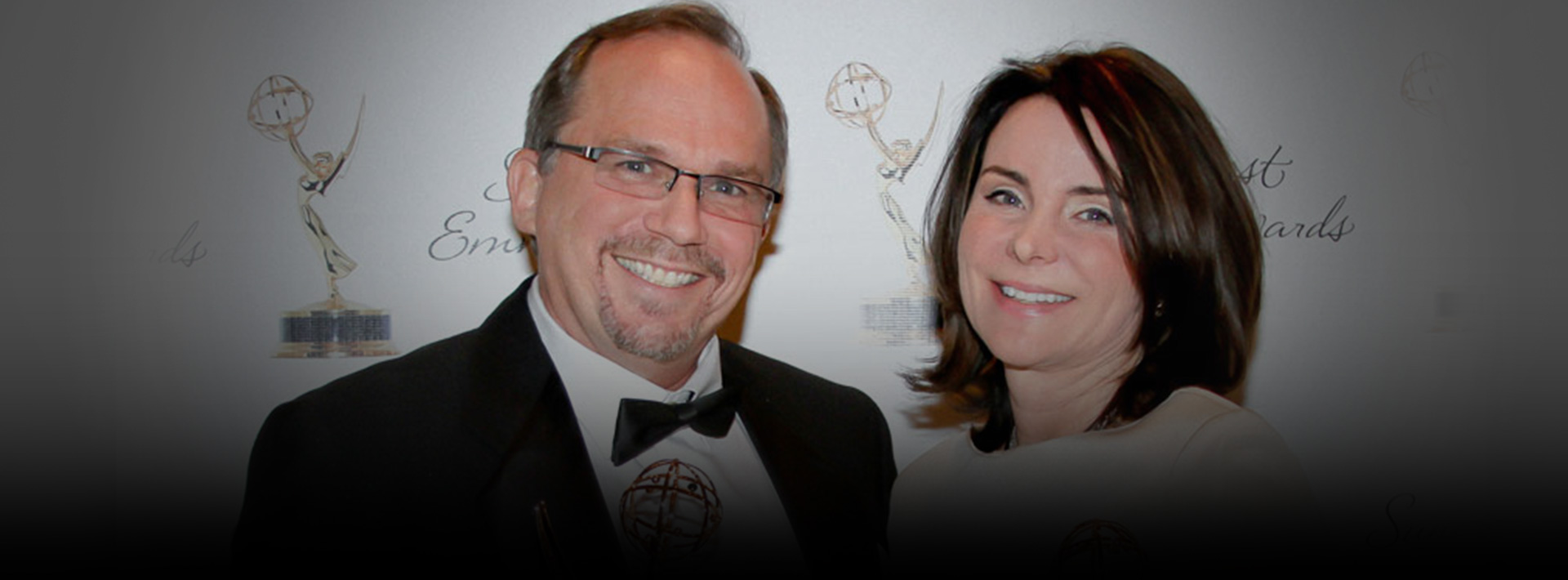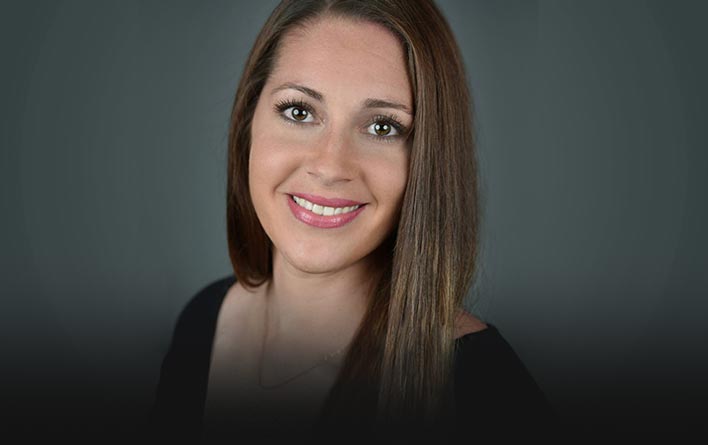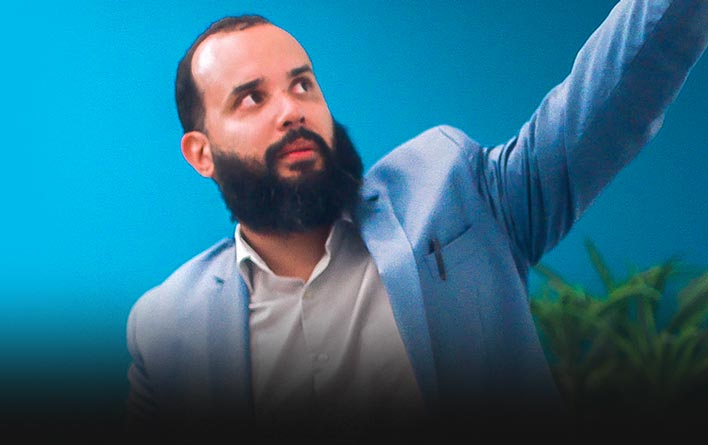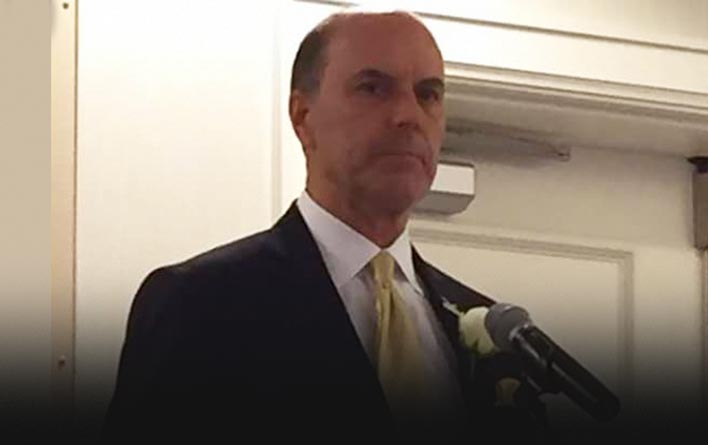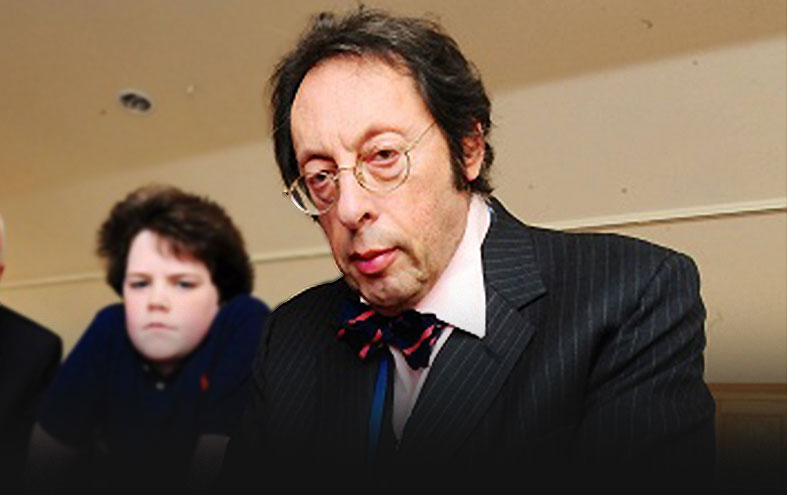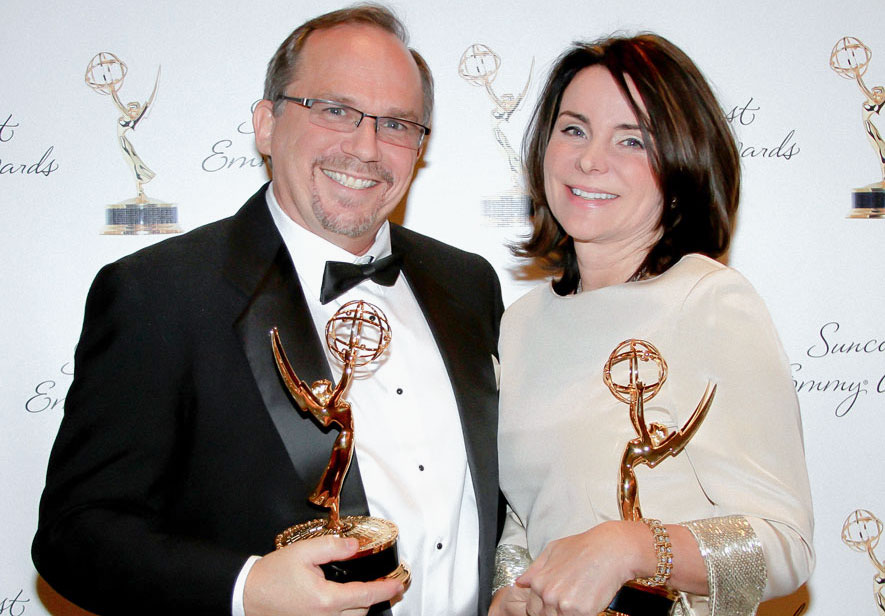
Linda Corley and Joel Kaplan are longtime veterans in the production industry and owners of Daydream Productions, a boutique production company | Together they are Recipients of 17 Emmy Awards
Linda Corley and Joel Kaplan first met in the 1980s, collaborating on a multitude of national projects for Public Television. Linda has used her writing talents for award-winning national news series such as The Nightly Business Report and travel adventure series Florida! for Public Television and The Travel Channel. She also created the first national design series for public television entitled Decor. Over the years she has produced many national documentaries including Vizcaya and West Encounters East as well as the upcoming public television documentary After Parkland, Healing a Community and a Nation. The Parkland documentary will also run in several film festivals across the United States in the fall of 2019. Joel’s work in broadcast television lists directing and shooting national documentaries for major television networks such as National Geographic, PBS, Discovery Network, HGTV, and TLC. His commercial resume lists projects for Newsweek Productions, National Parks Service, Cousteau Foundation, National/Alamo Car Rental, United States Postal Service, among numerous other national corporations. Together they’ve earned 17 Emmy awards for their stunning videos that communicate powerful stories. Today, the duo run Daydream Productions; a boutique production company. Fusing their award-winning talents, the Emmy winning team works with organizations to create powerful content, to captivate audiences everywhere. Recently, Stageyou sat down with them to explore the power of video in the digital age.
StageYou: You’re both experienced filmmakers with multiple Emmy awards to your credit. Could you share how your creative journey began and why you believe videos are powerful?
Linda: Joel and I have been on this journey since the 1980s. Back then, we were doing nationwide TV series, which were cherished by people all over the world. They covered everything from informational documentaries to cooking shows to award-winning business programs. With one of them being the most-watched business programs in the country! Looking back, I believe we’ve had a versatile career, tackling a variety of projects. That’s what makes our company invaluable to our customers. We have more than several years of experience, and we understand how to tell their stories. Videos are powerful because it is a medium that lets you tell a story in the most powerful way. People love great narratives, because they tell of a wonderful experience or journey. We have Emmy award-winning expertise to articulate a story.
We have evidence backed by research that video can create immediate and authentic interactions with the target markets that business owners wish to reach. What we’ve learned over the years in broadcast television is that people are more attracted to videos than any other medium. This is especially true among younger generations.
Video helps communicate a message more authentically. Hence people are more attracted to information communicated via video. We’ve seen this over the years, with our films, and documentaries. We’re always amazed at the reactions from the viewers. In the past, you could write a book. If you were lucky, you’d receive 10 letters from people who had read it. However, with a video, you can create a beautiful piece of art extolling a business. Such video narratives can receive reactions online from thousands of viewers, making a business aware exactly what the world thinks about their message.
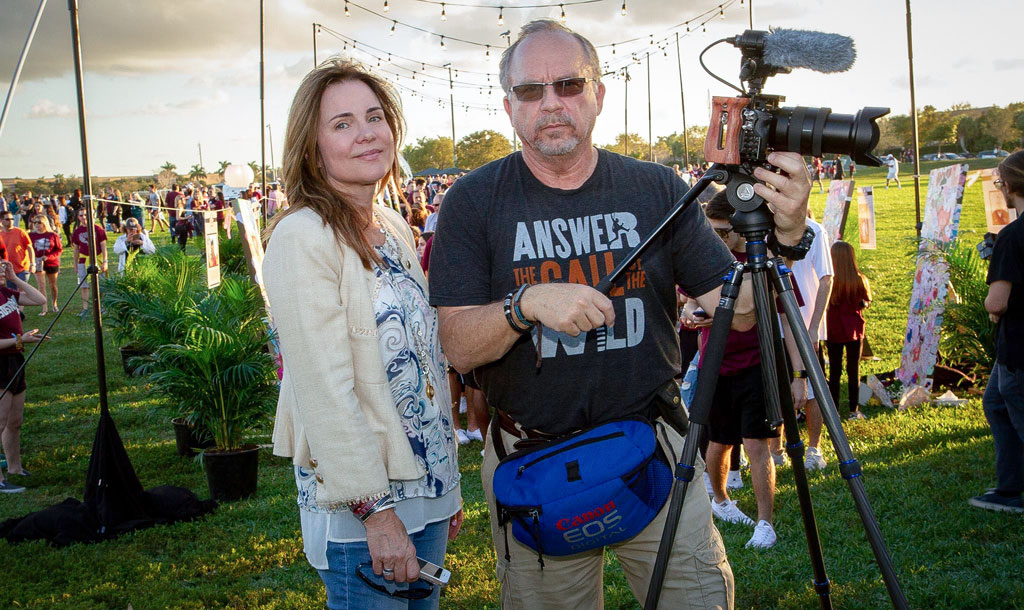
StageYou: On a blog, it’s possible to skim through an article to find what’s interesting. However, this isn’t the case with videos. You can’t tell whether the content encapsulated within is interesting or not. In your opinion, is it time-consuming to watch videos? Are we witnessing a shift in how we consume information with videos?
Joel: Much of today’s research has shown that people are more interested in watching videos. Nowadays, they wish to be entertained. They aren’t inclined to invest their time reading a large amount of text on their screens. Furthermore, a video adds a more personal element to communication. For example, let’s say your business is creating a marketing video with the CEO. As a viewer, you’d get a sense of their personality and an understanding of who they are. You can never communicate that with the written word.
Linda: Adding to that, there’s an age-old saying that goes, “a picture paints a 1000 words.” In that sense, a video is worth a million words. Let’s assume someone is attempting to explain how to carry out a task. Reading how to carry out a task is one thing. Whereas, seeing someone executing it is twice as powerful. Not only are you hearing the words, but your eyes are witnessing them carry out the task. Today, the average internet user watches hundreds of videos online. Unlike 5 years ago, video is now the dominant medium for marketing strategies. It will continue to be for the foreseeable future.
Joel: Upon further analysis, we find that you’re using more of your senses when watching a video. There’s only a certain amount of information you can communicate through traditional mediums that use text. However, with a video, you can see the person and look into their eyes to see their sincerity. So you’re naturally using more of your senses to get a better understanding at a deeper level.
StageYou: We’re increasingly witnessing how videos are being deployed in unorthodox ways. What are your thoughts regarding the trend of rising video consumption?
Linda: The beauty of video is that it’s a multi-purpose medium. You could create a simple branding video for a certain business. This video could also be used for a TV commercial or repurposed for social media. The business can also take excerpts to create another short 10-minute video, which they could then add to their official website, to serve as a testimonial of the brand.
Ultimately, every business wants their websites to be among the top search results in Google. And Google loves video. Google owns YouTube. Google favors video over text. Just this information alone means using a brand video for your site is a no brainer.
From my experience as a PBS documentarian, I’ve found that people are engaged by great stories. It’s a universal truth since the days of hieroglyphics and cave paintings. Whether it’s a one-line tweet or a 2-hour documentary, humans are always going to be engaged with great stories.
Videos can be adapted to serve several purposes. Yet, one factor that remains constant is the necessity to communicate the story. If a business was looking to hire a production company, I would urge them to check whether they can tell a great engaging story. Such stories should highlight the journey and struggles that the business went through to make their product perfect for their customers.
StageYou: You mentioned that people are always engaged by great stories. Hence, it’s essential to extract the story of the business. Could you share a memorable example of this from your work?
Linda: Gladly! Two years ago, we received an Emmy nomination. It was for a video we crafted with a company in the medical industry. We visited their nursing facility and spoke with the caregivers and parents of the patients. Speaking to the parents, we understood the challenge they had in deciding on the right facility. Thankfully, their children are getting the care required. So the parents are quite happy with the choice they made. Through our video, we were able to portray this to the world. Similarly, we did another video for a hospital chain. We were able to show how diseases were being cured and the challenges being overcome in the process. Our mission as a company is to show a challenge and a solution to it. While doing so, we aim to craft a great story, which people find visually captivating.
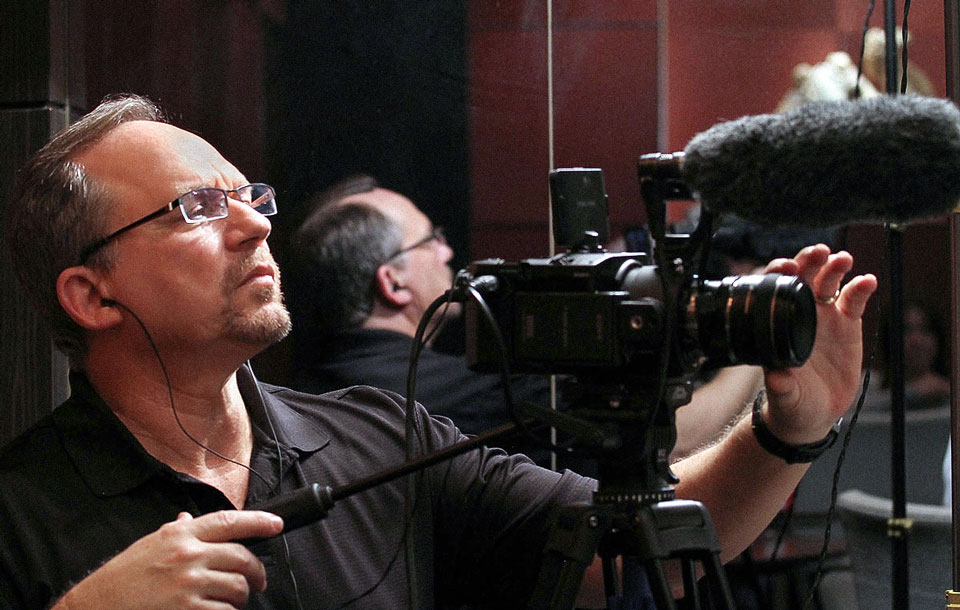
StageYou: You both mentioned that video is a powerful medium to share a story and communicate it with a wide audience. Though is it possible for video content to reach through multiple platforms, with different portions of it being used in diverse ways?
Linda: What’s beautiful about modern times is the explosion of different video platforms. In the past, the only platform you had was television. Suddenly, when the Internet took over, we had a multitude of platforms to reach a variety of demographics. For example, we once did a campaign to educate kids about protecting their liver. To reach these kids, we published the videos on Instagram and Twitter. It’s a fascinating phenomenon! Today, if you’re making videos, then you need to be great storytellers with social media expertise.
Joel: Adding to that, you also need to be aware of the keywords. If someone in Australia is researching how to care for their elderly parents, you might have created the perfect video that answers all of their questions. However, they’ll only find it if you’ve used the right keywords. You must know the right combination of words to describe your videos. With the right keywords, anyone living even in the most remote areas of the planet can stumble upon your video. That’s the beauty of the Internet. Your audience is now global. In the past, you might have written a book, gotten a radio ad, or made a TV spot. At most, these mediums reached the people in your local community and its surrounding regions. With the advent of the Internet, the entire world is your audience. The world is your stage!
StageYou: A single video can be shared with anyone in the world if you know how to target them. As such, video now gives anyone the power to share a message with a global audience in an inexpensive manner. Would you agree with this analogy?
Linda: Exactly! The Internet is a powerful platform. If you have an equally powerful message, then it will be shared multiple times. I believe the challenge to achieve this feat is twofold. Firstly, you need to have a message that a lot of people want to watch. This is where we come in, to help design that message to be attractive and engaging for the audience. Secondly, you need to distribute the video. This is where a company like Stageyou enters the picture. Today, with the rise of the Internet, a single well-crafted message can reach millions!
Joel: I can give a great example of this! Last year, Linda and I wanted to help with a fundraising effort. It was aimed at supporting victims of the Marjory Stoneman Douglas tragedy. We decided to take our cameras and interview a few of these students the fundraiser aimed to support. We made a simple video about their plight and posted it online to share their story with the world. Suddenly, we got a message from the Miami Dolphins asking if they could retweet it. We gladly said yes without a second thought! Soon after, the Hard Rock Stadium, which is the home stadium of the Miami Dolphins, said they wanted to show this video at an Eagles Concert. This video became a sensation almost overnight and we then made a documentary about it too. The Internet has tremendous potential to generate organic word of mouth.
Linda: Most importantly, our prime focus with the video was to help raise money for these unfortunate children. Thankfully, I can say with pride and joy that our video helped raise US$ 11 million for the fundraiser, which went a long way in supporting the children to get the help they needed. All because the video was shared countless times. It’s stories like this that serve as a testament to the power of video in the digital age.
StageYou: That was a very powerful example! It highlights the importance and impact of having a great story. Could you share with us how you identify these stories when working with organizations?
Linda: We spend a lot of time in production, researching the history of the company. That means interviewing the key people in advance before we bring out the cameras. The most important principle is to tell the story of the business engagingly. Hence, the importance of conducting detailed research. Sometimes, Joel and I might have a storyboard to see how we would mold it visually. However, it always comes down to asking great questions, to get equally great answers. These answers are like puzzle pieces that when combined with powerful images and music, give you an amazing story. Ultimately, a lot of preparations are made to identify the mission of the business, their story, and what other points they wish to communicate to the public. They rely on us to tell a wonderful narrative about the company and of its journey through our videos.
Joel: To elaborate on that, let’s assume that my car is broken. I want to get it fixed but I don’t know how to do it. So I take it to an expert to get it fixed. Similarly, many companies know the message they want to share with the public. However, they’re not expert communicators. They need help to do so. Hence, we do extensive research during the pre-production stage. We aim to identify their mission and what they aim to achieve. Once we have these elements, we take it all and mold it into a beautiful narrative.
Linda:To quote the iconic Canon ad, “Image is everything.” In the past decade, we’ve made tremendous progress in camera technology. With the cameras in our phones, anyone can be a filmmaker. However, this doesn’t mean anyone can create a high-quality video. Returning to the quote, if the image is everything then it further necessitates the importance of creating a high quality video. So you don’t want to shoot your own video. When people look at a video, they will subconsciously judge its quality.
If a video comes out great then people automatically assume it’s a great company. It’s akin to the effort a business would put into designing their storefront, where considerable thought is put into the colors and placement of the products. The first impression a customer gets of the business would be based on these factors. Whereas in the digital age, the storefront of the business will be their website. Therefore, the videos on the website will be how they form their first impression. So businesses must invest their time and energy into creating top-notch video production.
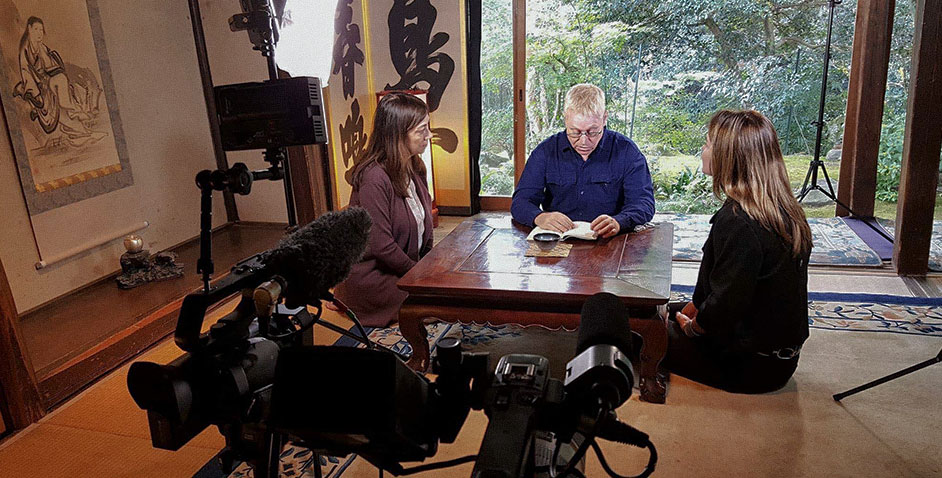
StageYou: So technology has advanced to the point that anyone with a mobile phone has the power to create a film today. It has allowed videos to become mainstream. Yet, those who have a cutting-edge advantage will be the ones who can deliver quality videos. Correct?
Linda: We meet many people who approach us after trying to create a video on their own. They’ll tell us that the camera footage was bad or the editing was challenging or it was simply not up to par. The quality of the video didn’t reflect the quality of the company. So we do a lot of redos for such businesses that tried to do it themselves. Based on our collective experience, my advice to a business would be to work with a talented production company when commissioning a video for their website.
StageYou: With digitalization, it has become easier for anyone to produce videos. Further, it has also given us multiple avenues to disseminate these videos to reach millions. From your experience, what do you believe the future of video will look like? Will we see interactive videos play a bigger role in the future?
Linda: I believe that, in the future we will see more mediums we can use to share videos. Already we’re seeing technology that was previously based on paper, like business cards being transformed into videos. This advancement is proof that a message can be communicated via video. This advancement is proof that a message can be communicated via video. Today, you have numerous options to disseminate a message powerfully and engagingly through videos. Joel and I are grateful to be a part of this trend. Moving forward, I believe we’ll need to think outside the box. In particular, websites can utilize videos in a multitude of unconventional ways. The potential for growth is enormous!
Joel: Already, we’re witnessing a 100% growth year-on-year in the consumption of video content. As Linda mentioned, in the future, we will see revolutionary ways to disseminate video content. We are yet to even conceptualize these methods. And when you watch a science fiction movie, you’ll see these futuristic cities with skyscrapers, flying cars whizzing between them, and bright videos everywhere. Of course, we’re still decades away from such a future. Nevertheless, one thing we can say with certainty is that video is here to stay. Its rapid growth will continue because it’s the best way to communicate information visually.
On the topic of interactive videos, they’ve been around for a very long time. One of the earliest examples would be DVD movies. In Hollywood now there is a latest trend where directors are filming alternate endings giving the choice for viewers to experience the story of their choice. Currently, we don’t get many requests from clients to produce interactive videos. This will surely be a trend in the future. With interactive videos, it’s possible to take different paths and offer multiple choices, thereby delivering a richer message.
Linda: Additionally, the reaction to interactive videos is very engaging and the engagement is so powerful. It’s unlike anything we’ve ever seen before. It’ll certainly be utilized more in the future, and so we look forward to working with our clients to create such videos.
StageYou: As we discussed earlier, videos are a more trustworthy medium since it’s easier to project sincerity. Therefore, in conclusion, could you share your thoughts on the use of video for testimonials?
Linda: Sure! Videos requests for testimonials are truly rising. We’ve seen a rise in our business and that of our clients through testimonials. Such videos are all about people sharing very powerful opinions and feelings about a business. Imagine if you were reading about, what a person experienced with a particular business. Now imagine you’re seeing them in person share that experience. Research has shown us that, if you can see a person share their experience, you’re more inclined to believe it. This is because a video where you can see the person is more authentic as opposed to reading about their experience.
Joel: Further, it’s human nature to look at reviews. For instance, Amazon has a sale for products, which have a high rating on their marketplace. When a product has great reviews, everyone wants to look at it. Let’s say if a product has 3000 reviews from customers that had positive experiences. Naturally, you’d be more inclined to buy the product. Testimonials are reviews that tell others, “Wow! They did a great job!”
Additionally, in some industries such as healthcare, these testimonials can be very emotional as well. Back when we did the video for the healthcare company, people would burst into tears sharing with us how the facility helped them. That’s a very powerful message. The written word can never communicate that.
In summary, the average internet user watches countless videos per day. A simple video can now reach millions all over the world. There’s been a massive growth in the consumption of video. With the continued trend of digitalization, video consumption is set to increase exponentially in the coming years. This is because video as a medium is extremely powerful. In modern times, people wish to be entertained as they’re informed. Further, videos can communicate significantly more information seamlessly unlike text-based media. Not only does this make a video more trustworthy, but it’s also capable of communicating emotions at a level, which is impossible through the written word. Due to advances in technology, anyone with a smartphone has the power to be a filmmaker. Nevertheless, the old rules of filmmaking are still very much relevant. If one wishes to make a quality video, they must do their research to identify and craft a great engaging story.
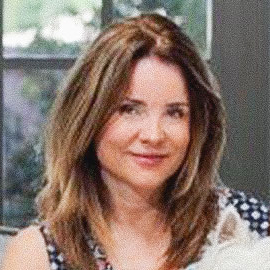
Linda Corley
It all started with her homemade soap commercials at the age of five that proved to Linda that she possessed a budding passion for creating. When her college years rolled around she walked into the BBC and landed her first job, meeting legends such as Alistair Cooke and Sir Richard Attenborough. The experience taught her that public television was her destiny. And so it was to be! Over the years she used her writing talents as a reporter for the award-winning national news series Nightly Business Report as well as the travel adventure series Florida!, produced for both Public Television and The Travel Channel. Linda also created public television’s first national design series Decor with actress Dina Merrill which won national acclaim and went on to serve as a model for future design programs on cable and network television.
Yet her first love was the documentary! As a producer of national documentaries for PBS, Linda created Vizcaya which was narrated by actor Andy Garcia and nominated for an Emmy in the Best Documentary category. Her most recent documentary for PBS, West Encounters East, showcased the emergence of Japanese Brazilian artists on the international arts scene, and enjoyed a long run at film festivals across the country including the New York City Independent Film Festival.
A few years ago Linda transitioned to reality TV as the supervising producer for the Lifetime’s series The Sisterhood. While working in New York, she also participated as a story producer on the hit reality series Breaking Amish as well as Return to Amish, Brave New World and Breaking The Faith which aired on TLC.
Linda’s current projects take her back to Public Television to produce an upcoming PBS documentary, The Fragility of Tradition which focuses on the struggle of women’s equality in Japanese society, a world often steeped in impenetrable customs. Her just completed documentary After Parkland, The Healing of a Community and a Nation aired on PBS in late 2019 will enjoy a film festival run around the country.
Linda and Joel recently started their company Daydream Productions and are successfully helping clients market their business message by using the same skills they rely on as award winning documentaries. “A person’s story, mission and goal is what drives their business and keeps them creating and innovating year after year. Those stories are the soul of the business and that’s what customers want to hear about. It’s what keeps them coming back for more.”
Linda is the recipient of many top broadcast awards including seven Emmy awards and Travel Weekly’s Silver Magellan Award. She is also the published author of The Kennedy Family Album.
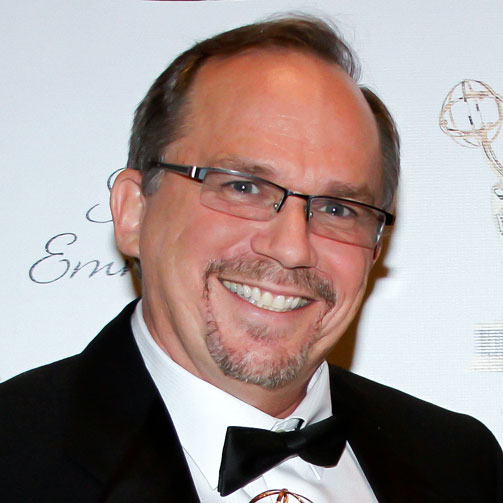
Joel Kaplan
Joel Kaplan is the ultimate storyteller with his camera. His images, interviews, and intuition are all creative tools he engages to deliver a product that goes far beyond the ordinary. While other photographers are just following the action, Kaplan looks to capture the reaction. He believes it is the human element that communicates the heart and soul of every narrative.
Kaplan’s professional experience began at WPBT-Channel 2, Public Television in Miami, Florida where he was employed from 1980 to 1995. While there, Kaplan was the Senior Videographer/Editor for The Nightly Business Report, the magazine series Florida! And a long list of award-winning documentaries including The New American Crucible. His love and talent for documentaries span many decades. Most recently, he worked on documentaries for public television that have taken his talents around the world. West Encounters East, The Soul of Guna Yula and Fragility are documentaries presented by South Florida PBS that capture the artistic talents of those who struggle to keep the vanishing arts alive in countries such as Central and South America as well as Asia.
In 1995, Kaplan moved on to work for his newly incorporated production company, Kaplan Multimedia. His work ventured beyond public television to include clients such as National Geographic Channel, Discovery Channel, HGTV, Hallmark Channel, Sci-Fi Channel, The Learning Channel, VH-1, MTV, ABC sports, USA Network, CNBC, TNN and the Travel Channel. His corporate client list includes Newsweek Productions, National Parks Service, Cousteau Foundation, National/Alamo Car Rental, Baptist Health Care Systems, and many others./p>
Most recently, Kaplan teamed up with long time colleague Linda Corley to form their innovative production company Daydream Productions. The two decided, after the Parkland school shooting, to dedicate one year of their career to cover the struggles and triumphs of those who survived the horrible tragedy that took place at Marjory Stoneman Douglas High School on February 14, 2018. Their work culminated into a national documentary, After Parkland, Healing a Community and a Nation, which will air on public television in the fall of 2019, as well as appear at various film festivals throughout the United States.
Today they are taking their production skills and using it in the world of marketing. They owe their successful business to their years of finding the great story in all that they cover and all who they meet; from the small business owner, to captains of industry. Daydream Productions captures the core of each client and helps their business message shine through.
